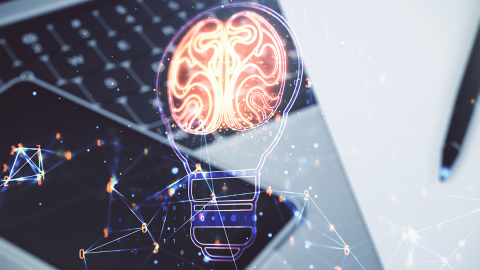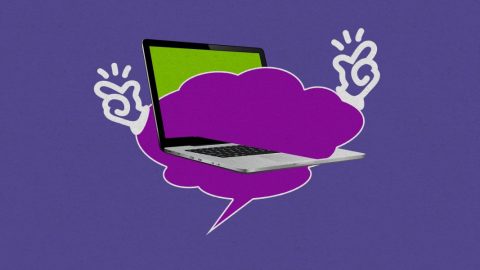
3. Empowering sustainable decision-making
Environmental, social, and governance (ESG) issues are making companies rethink the way they do business. Whether it’s planning decisions around building locations, future supply chain routes, or the amount of insurance to buy, almost every aspect of business operations is impacted by ESG. Artificial intelligence tools, which can ingest and analyze all kinds of information—such as climate patterns, optimal delivery routes, and population growth trends—are helping companies make better ESG decisions.
Many companies, for example, are using data to see whether they should build warehouses in a certain area or if climate change will eventually impact those operations. Others are using data to reduce their carbon footprints. For instance, a large detergent company wanted to lower its emissions by reducing its packaging size, but at the same time increase detergent concentration so consumers could wash the same number of loads. Its retailer said that even with the same efficiency, a smaller size might not sell, as consumers think bigger packages are a better deal. Rather than stick with the larger size, the retailer got every detergent manufacturer to reduce their packaging by showing them how they can maintain the same number of loads in a smaller size container, while becoming more sustainable. This proved the power of analytics—one company influenced the entire sector to reduce their carbon emissions because of timely data-based decisions.
4. Enhancing productivity
The digital age is all about hyper-precision. By consolidating, analyzing, and leveraging the right quality data at the right time to assess, predict, and prescribe decisions, companies can significantly enhance productivity and the value of their resources.
For instance, global automotive supplier ZF wanted to compare efficiencies between its various plants. It created a digital manufacturing program, built on Azure cloud with PwC’s Factory Intelligence, to analyze performance data between each location. Using advanced analytics, visualizations, and automated workflows, the company has reduced conversion costs, improved overall performance, and increased workforce efficiency and effectiveness across its more than 200 plants.
5. Boosting product or service innovation
When it comes to creating new products and services, data is a game changer. The more you know about a customer, the better idea you’ll have about the kinds of products they might want. However, companies need to go beyond just big data and start looking at what’s called “thick data” to effectively influence product and service usage through human-centric design.
While big data is about capturing what people spent their money on, when they bought an item, and how much they paid, thick data is focused on human behavior and digs deeper into people’s motivations for buying something and the ways they use a product. For example, a credit company typically identifies fraud by looking at unusual transaction patterns. But gathering thick data around customers impacted by fraud and the behavior of fraudsters can bring in a new level of sophistication. By interviewing people who have committed fraud and identifying their motivations and behavior patterns, those insights can be incorporated into the more traditional fraud-tracking analytics, the combination of which allows companies to track when a fraud might occur before it happens. This ultimately leads to better fraud solutions.
Bring data expertise and tech together
Achieving high-value outcomes will take new solutions and a different approach to data. You now have to think about what actions your data can inform.
Working together, PwC and Microsoft have seen firsthand how challenging it is for businesses to understand what “data driven” really looks like. Many businesses believe that simply collecting information and running numbers through a data visualization tool is enough. While basic analysis can help you get information on something that’s already happened, this type of information, when paired with real action and outcomes, can help you assess what can happen in the future and tell you what you can do about an issue before it occurs.
Explore how PwC and Microsoft are using data and the latest Azure cloud, AI and mixed reality technology to transform experiences, from the football field to your industry.
This content was produced by PwC. It was not written by MIT Technology Review’s editorial staff.






Recent Comments